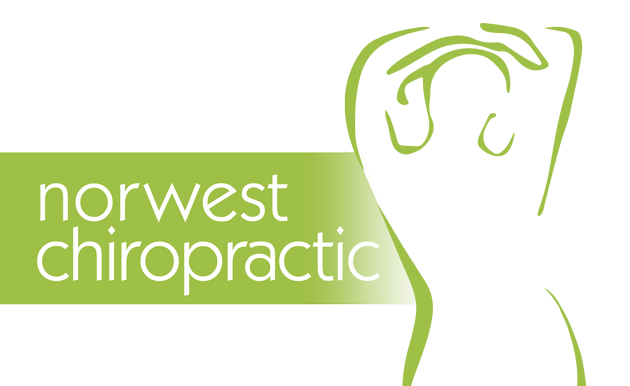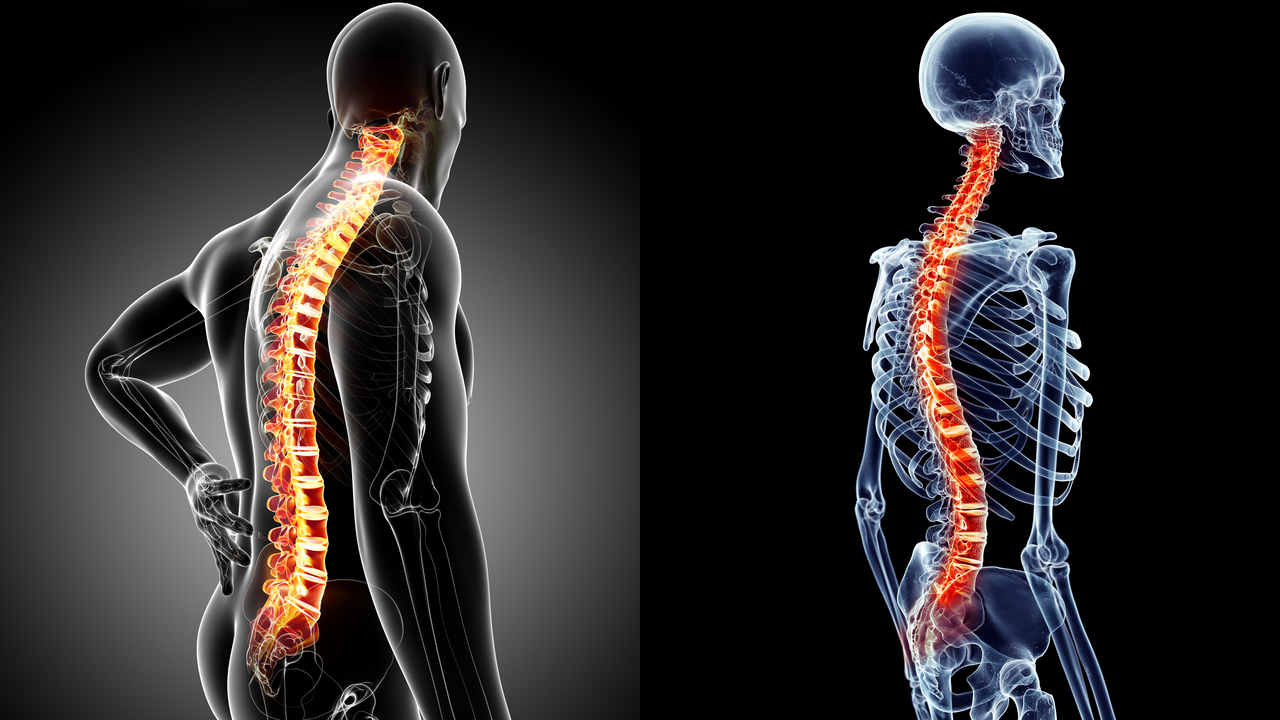Your spine is one of the most important parts of your body.
It is composed of vertebrae or spinal bones that are divided into 5 regions: cervical, thoracic, lumbar, sacrum, and coccyx. Each region has their own unique features and main functions.
As a whole, the spine enables us to stand up, walk, and do anything while keeping ourselves upright. Not only does it provide structure and support for the body, it also serves as a ‘shock absorber’ whenever we experience some kind of physical trauma. In addition, it also protects the spinal cord and nerve roots which are essential in the relaying of nerve messages from the rest of the body to the brain and back again.
However, for the spine to fully perform all these demanding tasks, it needs to be in its proper curves.
Babies are born with a “C” shaped spinal curve which slowly adapts as they grow and begin to crawl. As children learn to ‘look up’, their ideal cervical lordosis takes form. If the development of the body goes according to plan, the spine will assume its four curves once the child learns to walk.
A healthy adult spine should consist of 4 spinal curves, if you look sidewards:
Cervical region has a normal lordosis or forward curve.
Thoracic region has a normal kyphosis or backward curve.
Lumbar region has a normal lordosis or forward curve.
Sacral region has a normal kyphosis or backward curve.
Photo Image by William Crochot
Together, these natural curves form an S-shape; the spine’s ideal curve. This spring-like shape enables the spine to absorb shock from physical trauma and supports more weight than it could if it were straight. When these slight curves are either too severe or too ‘straight’, an individual’s normal body functions and health can suffer.
Out of the 4 spinal regions, the cervical region is most prone to curve loss or distortion. This often results from some type of trauma, whether from the birth process, whiplash injury or other physical stress.
The loss of cervical curve is often referred to as a “military neck.” It is called that way since the shape looks straight and feels like it’s “standing at attention.” Besides symptoms of headache and neck pain, a loss of cervical curve can affect your ability to rotate your head. Plus, it may cause neurological problems throughout the body.
Related article: Ideal neck curve looks like a banana
In summary, keeping all the regions of the spine in perfect curves is probably one of the most important things you can do for your health. Maintaining good posture is the best way to do this. Whatever you do, whether you are sitting, standing, sleeping, bending or lifting— you should keep your back straight and avoid staying in abnormal positions. Doing this ensures that you are putting the least strain on all regions of your spine.
Also, if you think you have a posture problem, you should consider chiropractic care.
Chiropractic care helps in correcting posture and restoring the structure and function of the spine though spinal adjustments. Our docs can also guide you on how to make adjustments to your daily habits and teach you exercises to keep your back straight.
If you know someone who needs a posture correction, encourage them to give us a call. A thorough spine examination can determine if they’ve lost their spinal curves and whether they’re a good candidate for chiropractic care.


